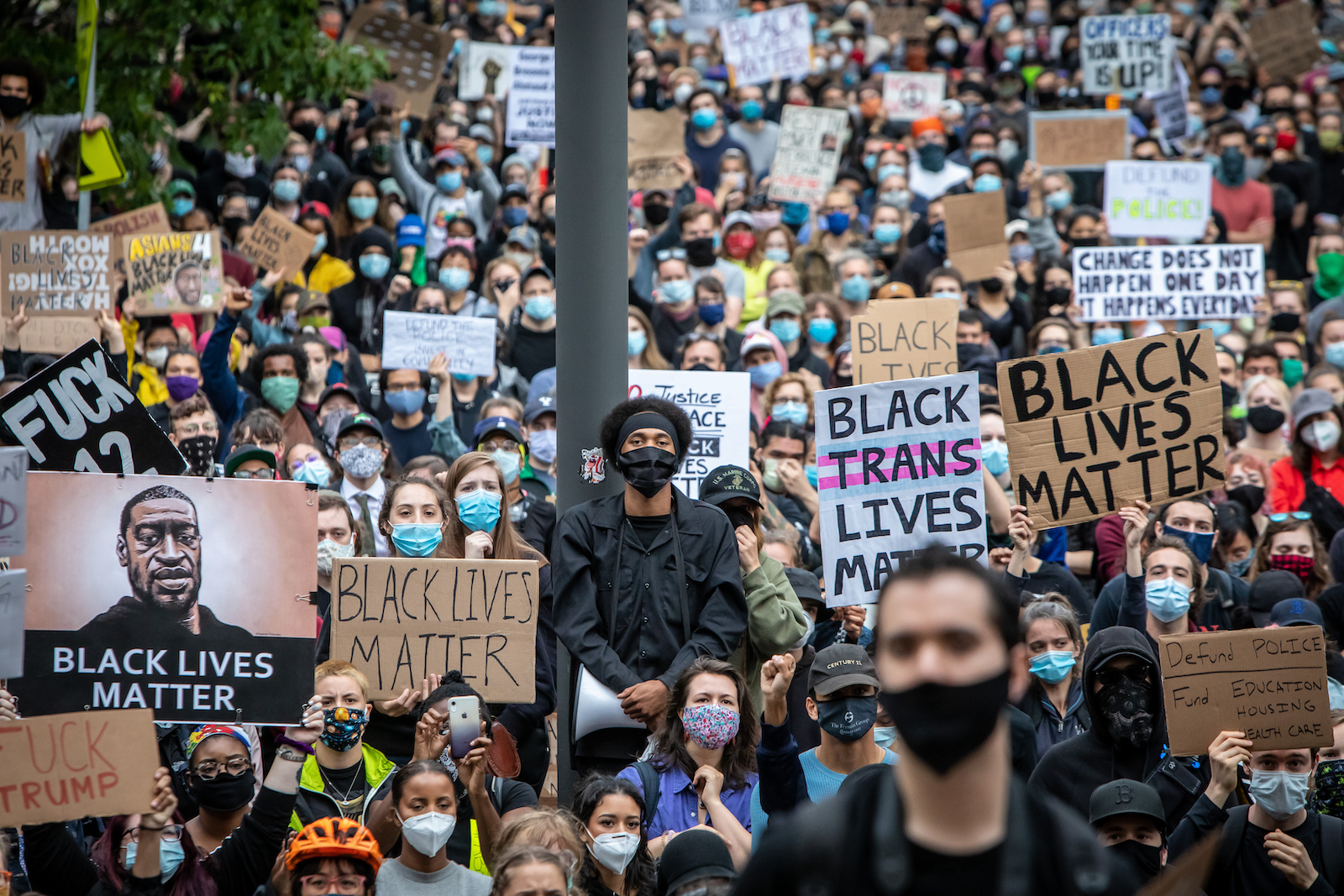As the Covid pandemic and the Black Lives Matter movement laid bare the vast inequalities and tensions in the US and beyond, impact investors quickly moved to redirect their strategies, according to ImpactAssets.
In its latest impact report, the impact fund manager says it saw a strong and sustained surge of philanthropic and impact investing capital focused on tackling racial and ethnic inequities. The firm’s impact portfolio grew to $1.8 billion in 2021, up from $674 million in 2020. Total funds under management, which includes cash not yet deployed, grew to $2.2 billion, from $1.4 billion in 2020.
The strongest growth was in private debt and equity instruments, with investments doubling from the previous year to $455 million.
“We saw a huge surge in client activity in 2020, and also 2021,” says ImpactAssets’ Margret Trilli. “There were so many things that happened in 2020 that really got people fired up.”
The firm saw clients put more emphasis on supporting investments in Black and female fund managers, many of whom have yet to establish a long track record.
“There are a lot of investors who want to invest in emerging managers, specifically because of racial equity or gender equality,” Trilli told ImpactAlpha.
Blended finance
Much of the money ImpactAssets manages is in the form of philanthropic donations that the firm uses to create blended finance vehicles that mix grantmaking with concessionary finance and market-rate investments. Climate investing, says Trilli, provides a prime opportunity for such strategies. The firm can use philanthropic money to fund research, concessionary finance to invest in potentially risky early-stage innovators and market-rate funds to build productive infrastructure.
The changes ImpactAssets has seen over the past 18 months reflect the “mainstreaming” of impact investing, Trilli says. “We’re having far fewer conversations about what impact investing is. The majority of our conversations are about how to get started,” she says.
The range of investors seeking is growing, too. As oil and gas prices have risen, Trilli has seen more traditional, non-impact-focused money flow toward climate-change solutions.
“I’m seeing a tidal wave of private capital coming. Even non-impact investors are looking for good investments and this is a damn good investment,” she says.











